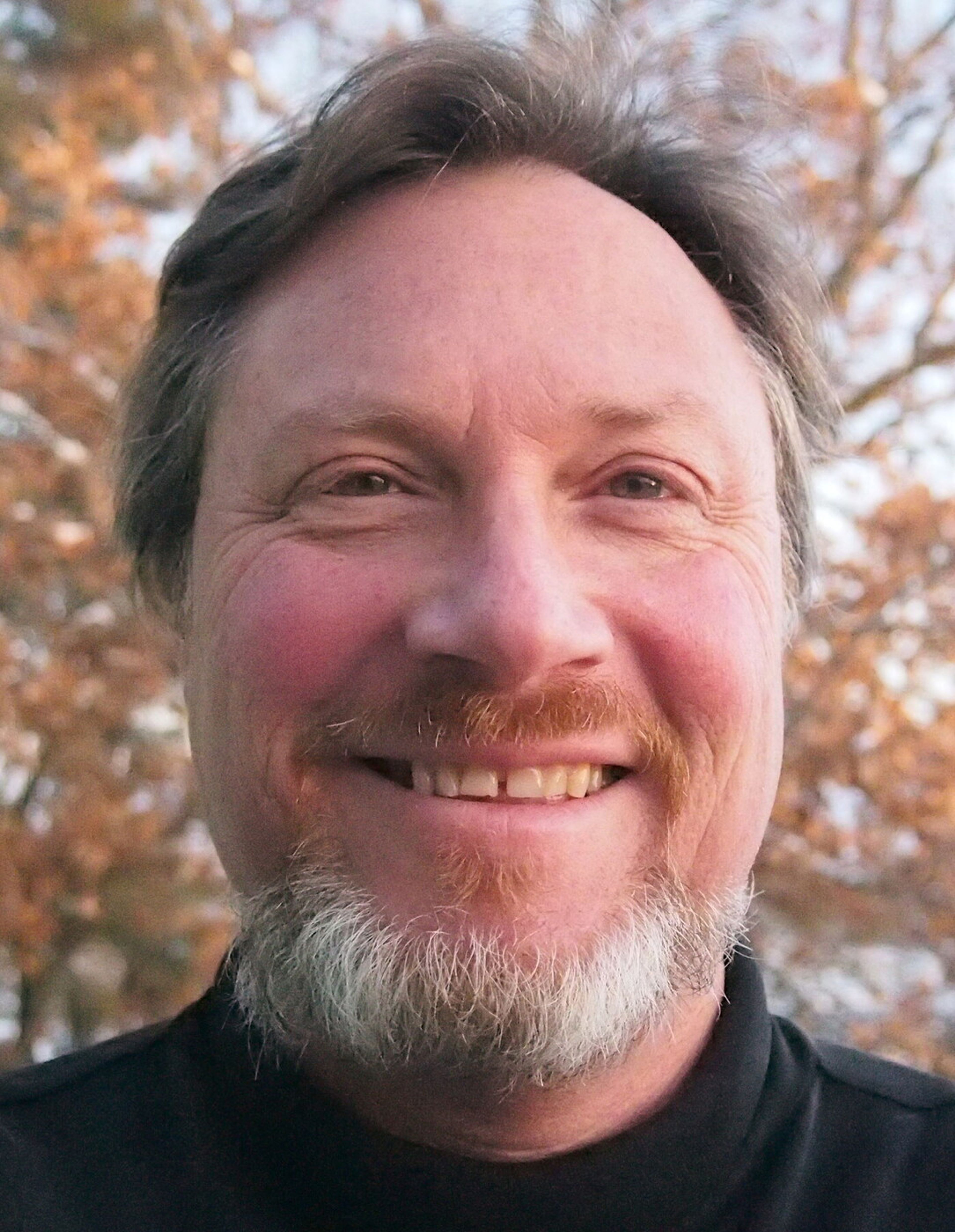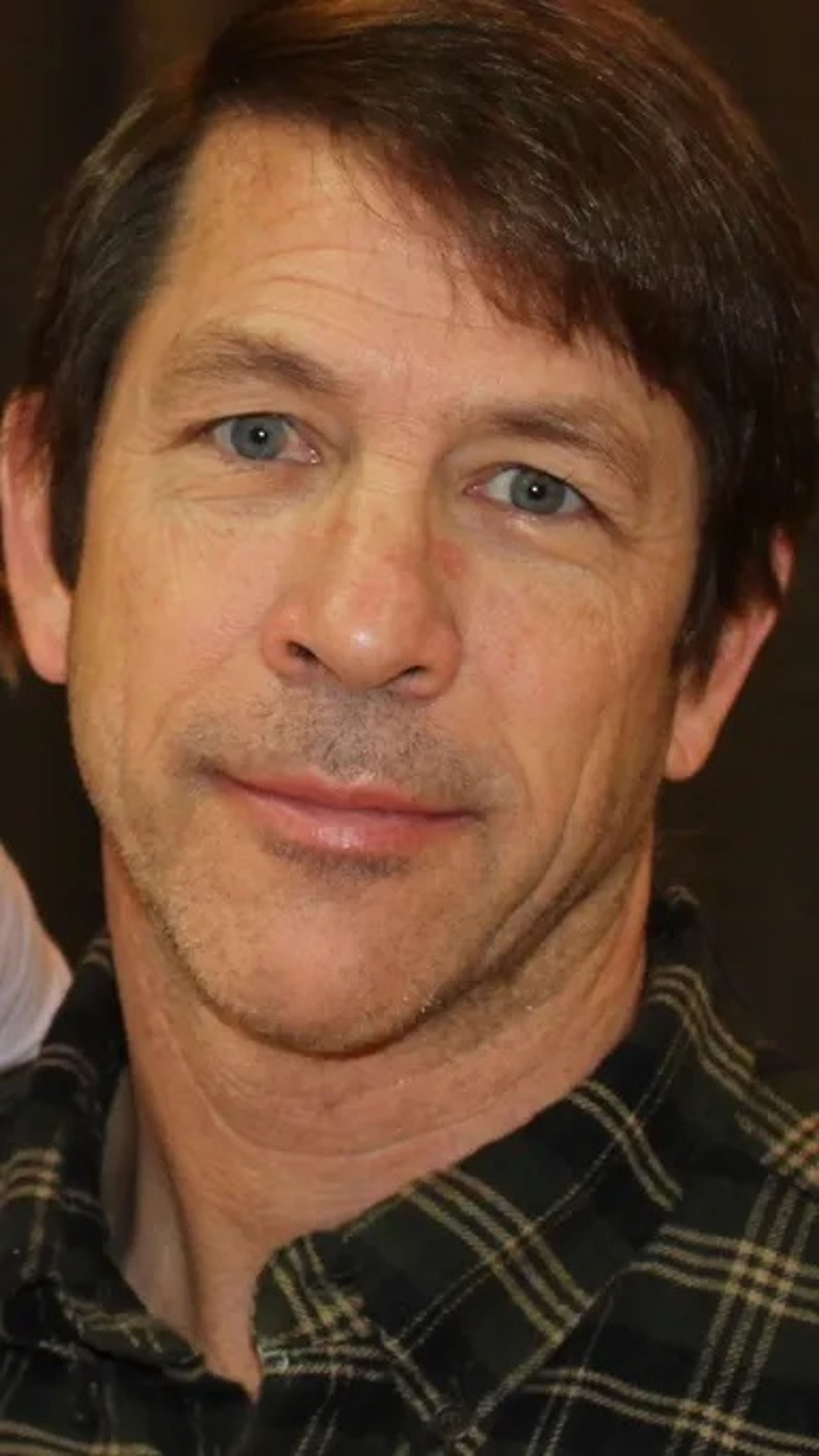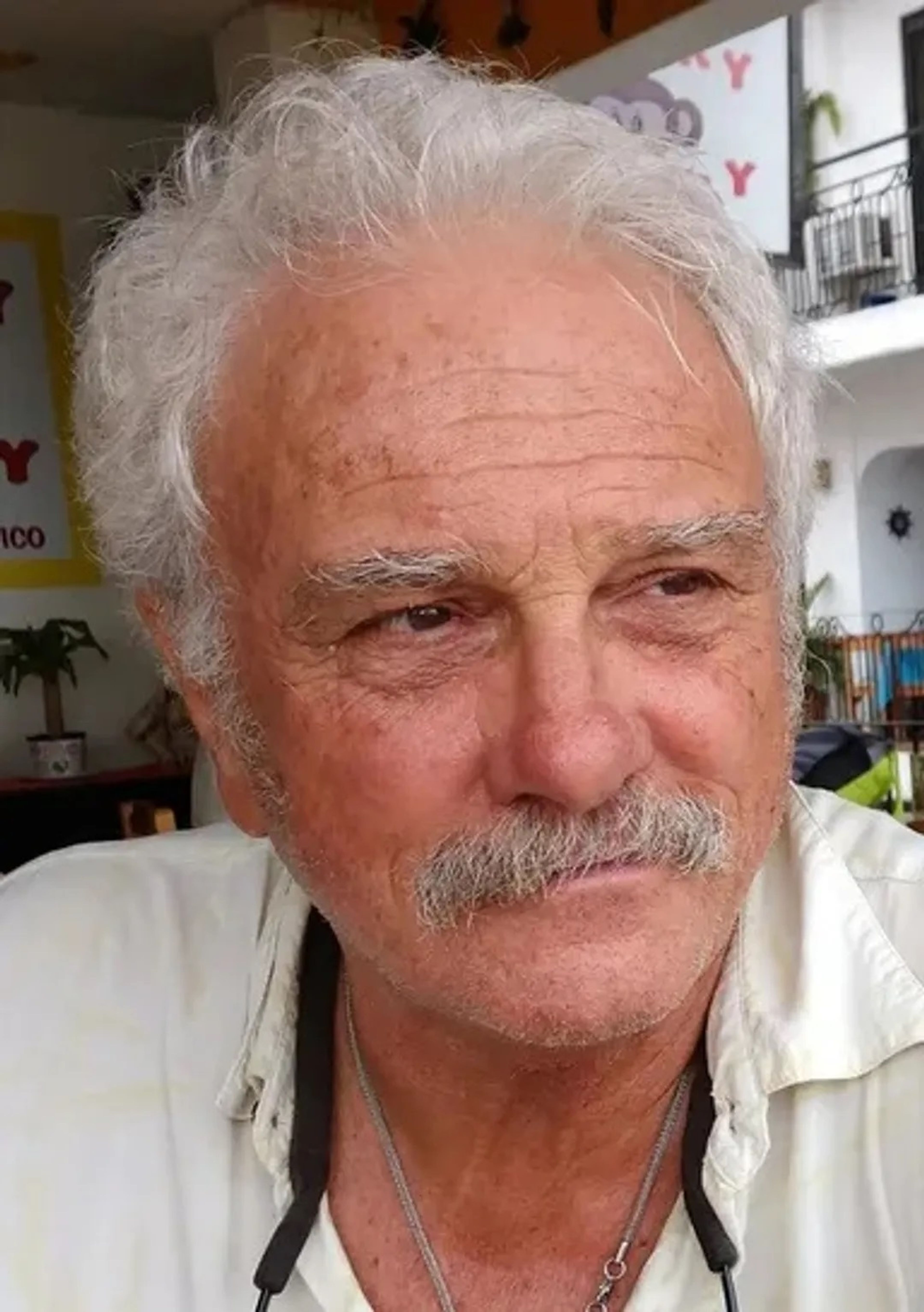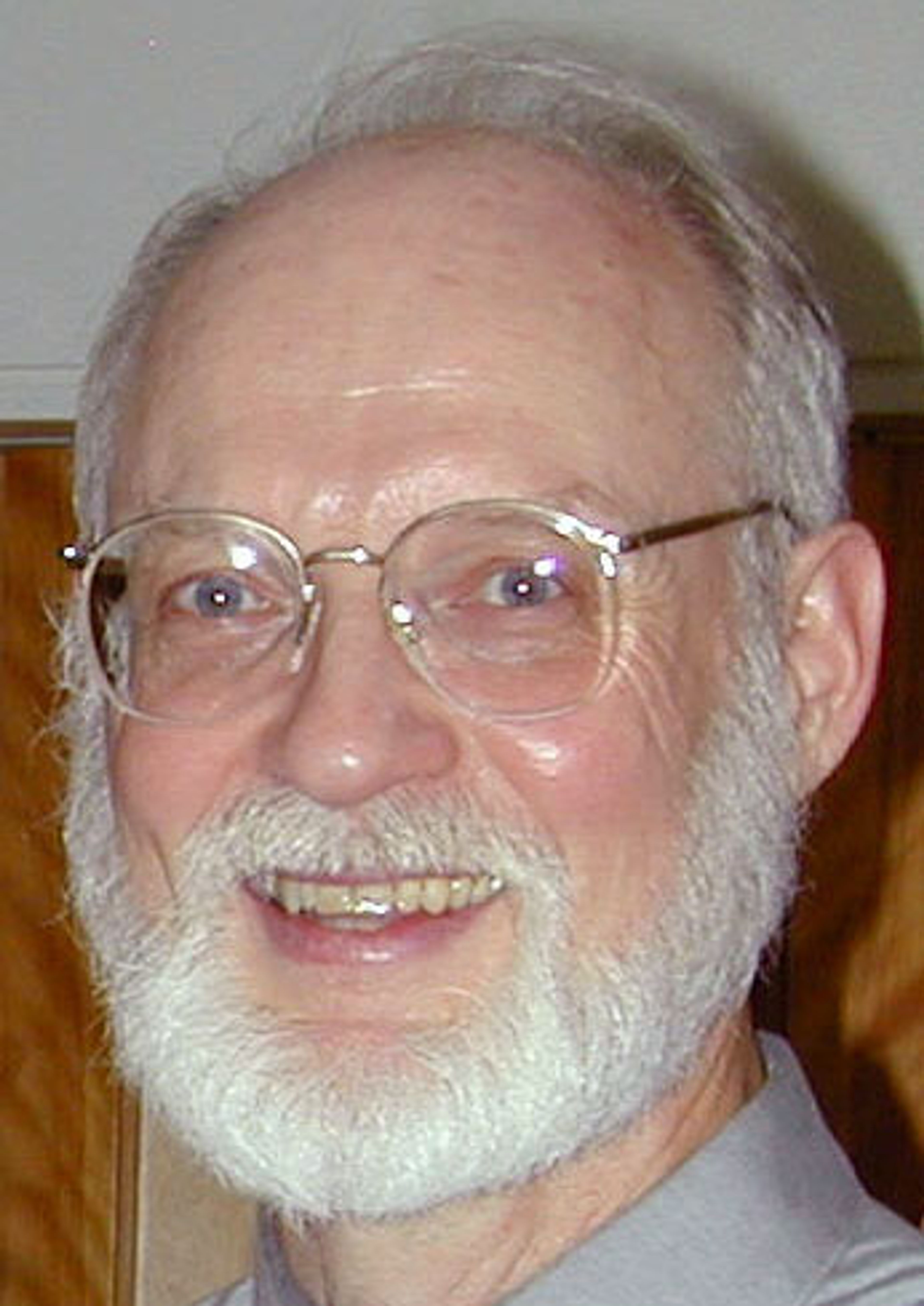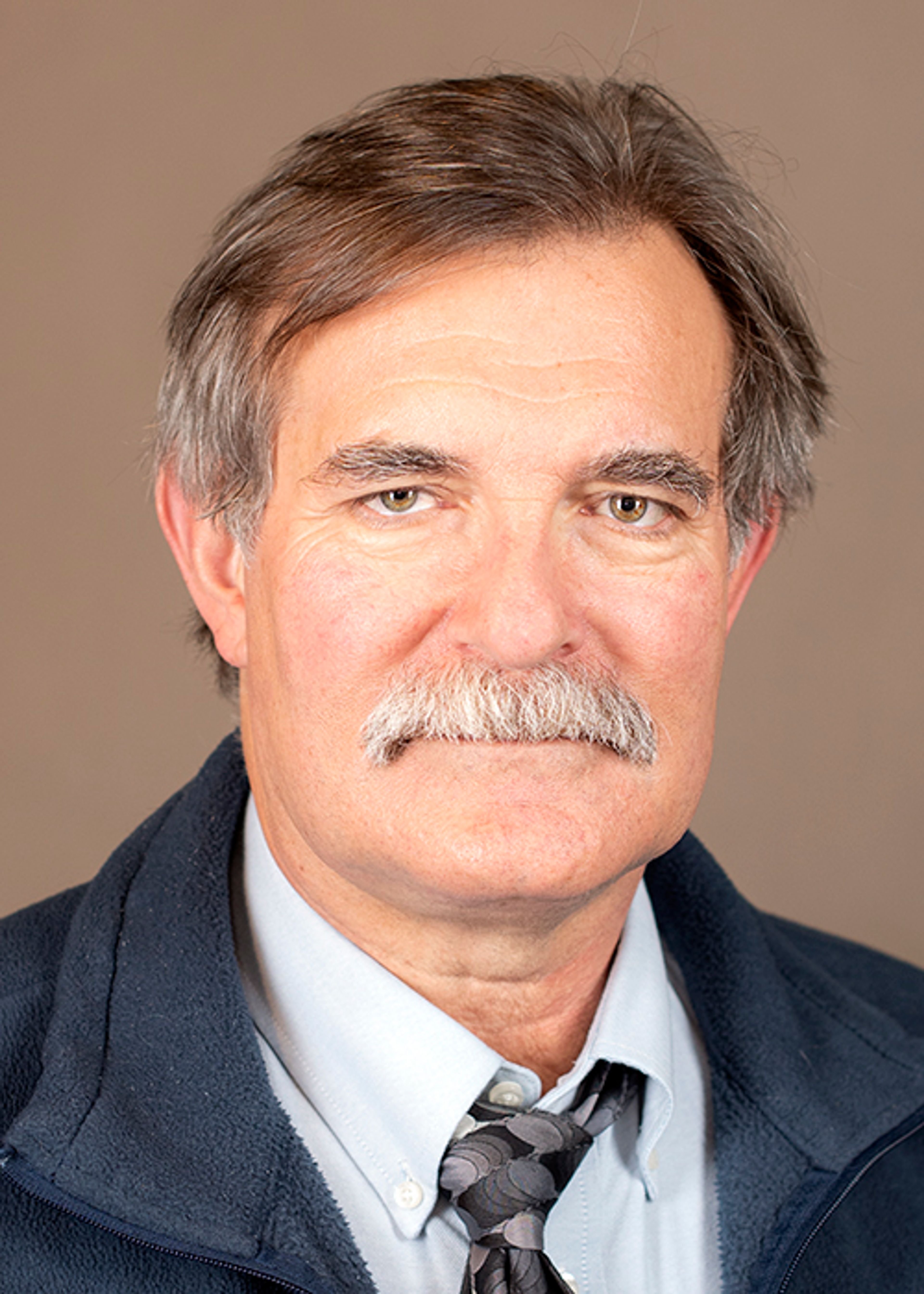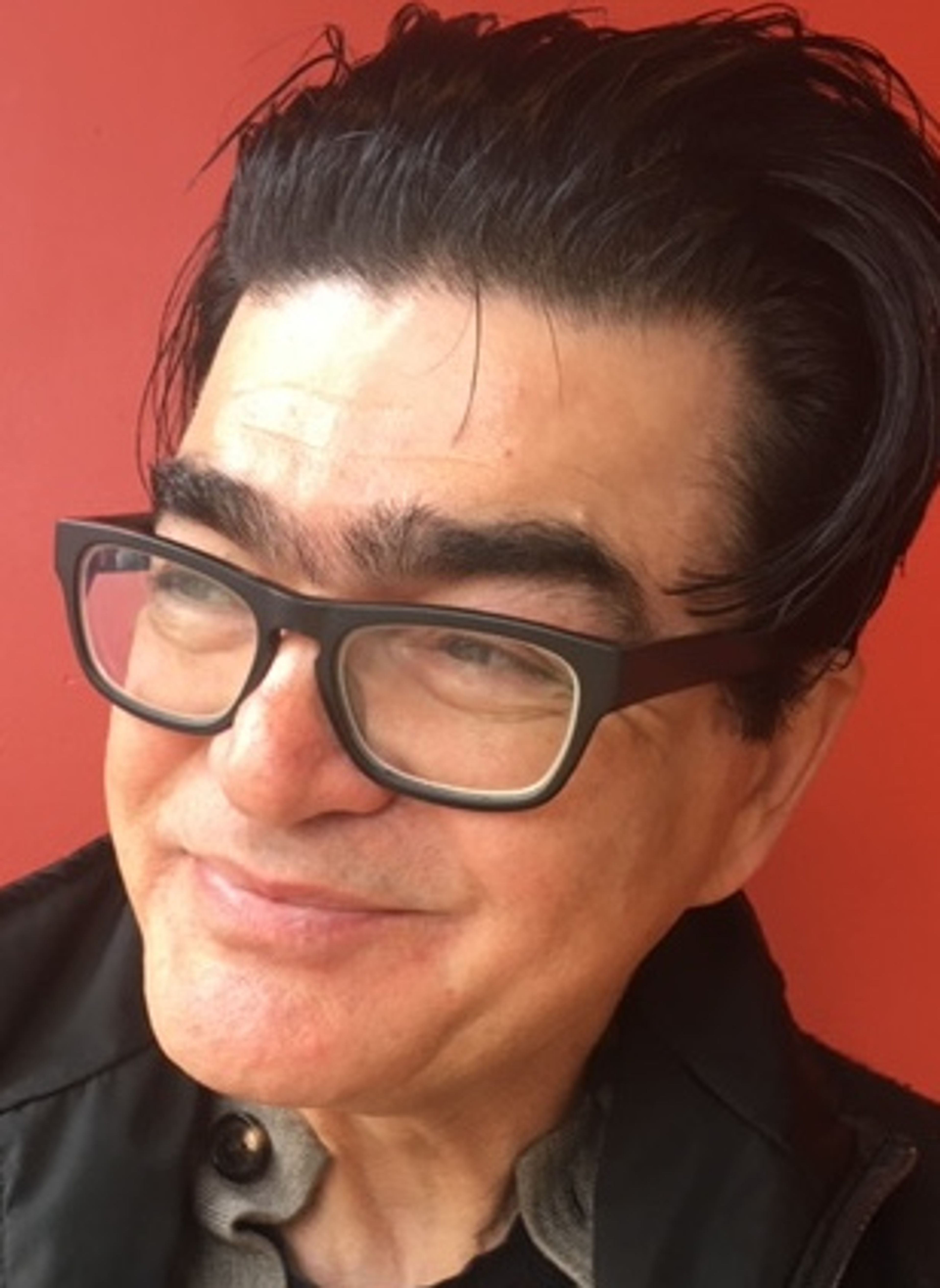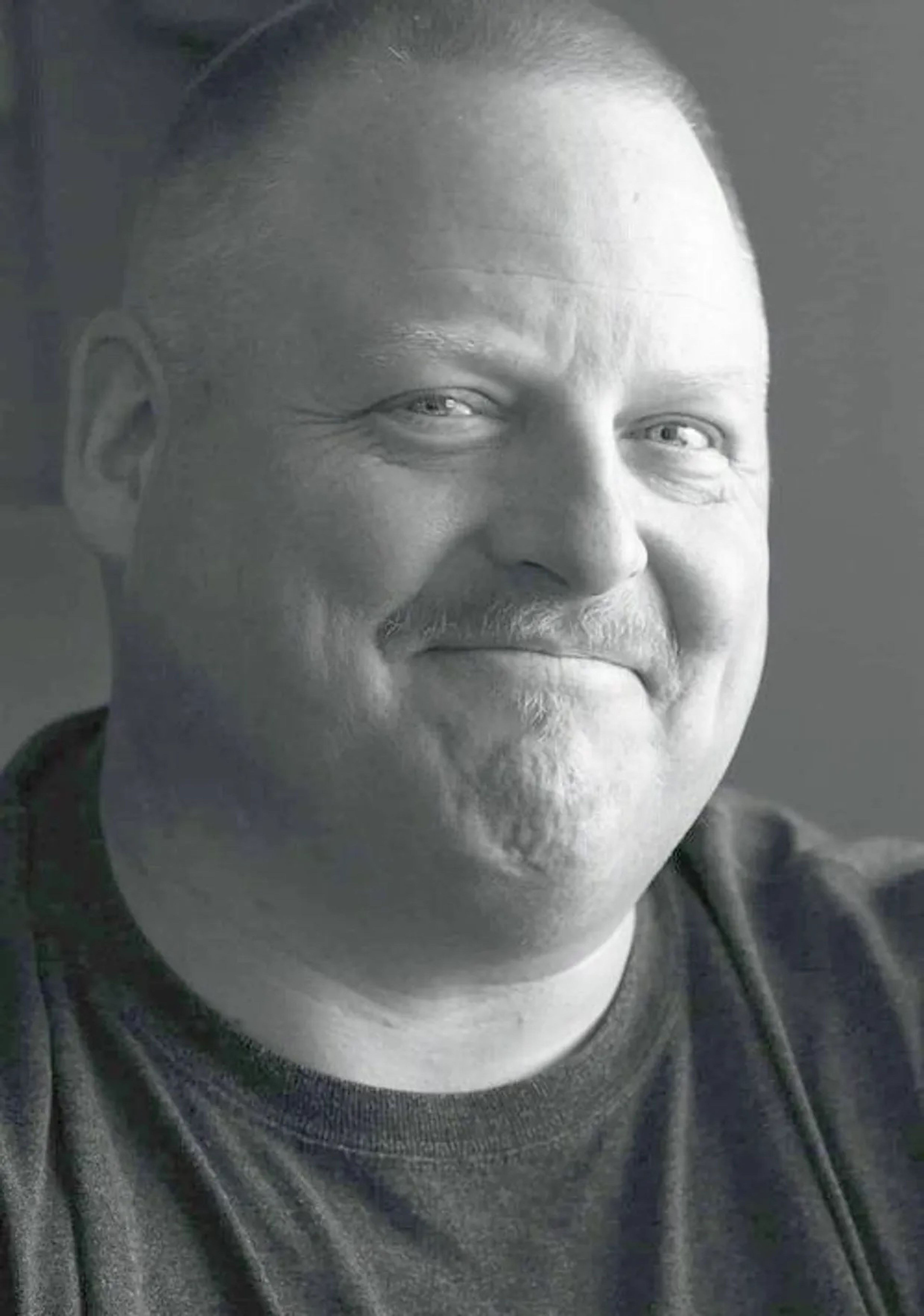The just war theory
I appreciated columnist Dale Courtney’s explanation of just war theory (Daily News, Oct. 25). His use of this theory for our war on terror and Hamas’ brutal attack on Southern Israel was spot on.
However, Courtney did not apply the theory to Israel’s indiscriminate bombing of Gaza. Many experts believe Israel, now and previously, has violated the principle of proportionality. This requires that military commanders carefully weigh attacks in civilian areas in proportion to possible noncombatant casualties.
An Israeli spokesman has admitted this violation: “In the past, the idea was to use this force with restraint and maintain a weak Hamas that could run the Gaza Strip. But when Hamas executed its diabolical plan, it changed the rules of the game. So, Israel is changing its own.” In truth, Israel had already changed the rules long ago.
Israel has detailed maps of many tunnels where Hamas is hiding. It has sophisticated technology to detect movement in these tunnels. There is no reason why the buildings and the people above them need to be destroyed. The buildings could also be cleared of people before demolishing the tunnels.
At the end of his column Courtney condemns, as I do, college students who are holding pro-Hamas rallies on their campuses. He then jumps to the absurd conclusion that these students, inspired by radical curricula and liberal professors, are operating under a “cloak of violence.”
The threat of violence in America is not coming from the left, but from the right. A recent poll conducted by the Public Religion Research Institute offered the following statement: “True American patriots may have to resort to violence in order to save our country.”
One third of Republicans affirmed the statement, 22% of independents did, but only 13% of Democrats agreed. More than 40% of those identifying as Trump supporters were all for it.
Nick Gier
Moscow
Blueprint for future legislators
Moscow and the state of Idaho lost a wonderful state legislator when Tom Trail passed away on Nov. 2. Tom was a big supporter of public and higher education, agriculture and health care.
Tom was one of a special group of past legislators who listened to their constituents’ concerns and voted accordingly (not voting with a personal agenda). They truly cared about the residents of Idaho, collaborated on legislation and conducted themselves with dignity.
Just some of those past legislators included representatives such as Doc Lucas, whose passions were children and schools; Tom Boyd, described as a peacemaker and consensus builder, fighting for rural school funding and farmers; and Shirley Ringo, who fought for public schools and their teachers, healthcare and the economy.
Senators included Norma Dobler, who led the fight for a state-wide kindergarten, created the displaced homemaker fund and fought for disclosure of campaign contributions; Gary Schroeder, sometimes considered a rebel even by his own Republican party, but supported public education and agriculture; Dan Schmidt, an advocate for better health care, public education and government transparency; David Nelson, working for better transportation, education and the health of Idaho’s residents.
All these legislators cared about funding for our public universities and women’s rights (always an issue but not under as much attack as it currently is).
These elected officials were from different political parties, different religions, different backgrounds. What they had in common was their passion working for the people of our legislative district and the people of Idaho.
I challenge current and future legislators to follow in their path.
Joan Klingler
Moscow
Courts, not Congress
Currently, in Minnesota’s Supreme Court, voters from “all sides” of the aisle are suing to disqualify Trump from the 2024 state ballot — their legal standard is Amendment 14.3 of the U.S. Constitution. Passed after the Civil War, 14.3 (the “insurrection” clause) states that any public official who has taken an oath to support the Constitution and then “engages in insurrection or rebellion against the same (the Constitution)” is disqualified from ever again seeking or holding public office.
Based on this premise, Trump must be permanently barred from public office; particularly, the Oval Office. His name must be kept off of the 2024 state ballots. Disqualification also extends to members of Congress who actively supported Trump in attempting to overturn the results of the 2020 election.
We would assume that this question should be handled by the courts alone. However, on Nov. 3, the Daily News printed this worrisome headline: “Minnesota justices appear skeptical states should decide Trump’s eligibility for the ballot.” According to the article, the justices suggested that Congress, and not the states, “is best positioned” to decide whether Trump’s role during the Jan. 6 attack disqualifies his candidacy under Amendment 14.3.
It is shocking that any court would even consider entrusting such an existential decision with our chronically dysfunctional Congress, whose Republican members remain firmly in Trump’s grip. Sending the question of Trump’s eligibility to this Congress would be a grave mistake — a death trap for democracy and the beginning of the end for voters’ rights.
Trump’s fate must be decided in the courts; only in the courts. We must continue to litigate the sanctity of each vote so that we, the people, can trust that we alone decide the outcome of our elections. Not Congress. And certainly not Donald Trump.
Lisa Kliger
Moscow
Should we slow the water?
The featured speaker at the 2023 Palouse Water Summit, Erica Gies, is the author of the recently published “Water Always Wins.” She observes that we typically try to control water with dams, straight concrete channels, levies, filled marshes etc., and in this way we create “fast” water. Fast water has more energy and thus can do more damage to human and natural infrastructure, and it quickly leaves us on its way to the ocean — before we can benefit from it. Gies is a proponent of restoring slow, natural watercourses. If the water meanders and slowly passes through marshes or even beaver ponds, there is time for it to seep down and raise the water table — perhaps even recharging shallow aquifers. Reestablishing wildlife habitat is another benefit of this approach.
The Palouse Basin Aquifer Committee’s costly alternative No. 1 for addressing our Palouse water problems is to pump water from the Snake River to a reservoir at the canyon top, and then pipe it to Moscow and Pullman. Despite PBAC’s resounding success at conserving water in the last few decades, there is no pure water conservation alternative proposed, since it is thought that we need more than just conservation. Perhaps we do, although discouraging or prohibiting lawn watering except in public spaces or with reclaimed water would likely go a long way towards slowing the depletion of our aquifers.
Should there be an alternative which combines more serious water conservation with Gies’ slow water ideas? As Paradise Creek and the South Fork of the Palouse passed through our farmlands and cities over the centuries, they have certainly been straightened and channelized, and wetlands have surely been filled. If meanders and wetlands were recreated, it might make more water available from our shallow aquifer. Often the best solution is the simplest, and least expensive one.
Al Poplawsky
Moscow
